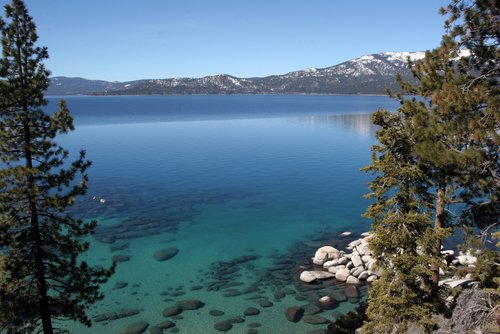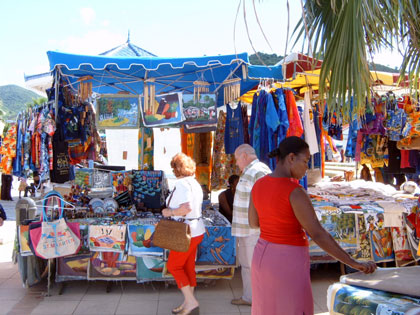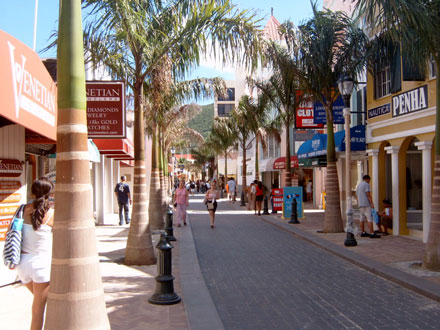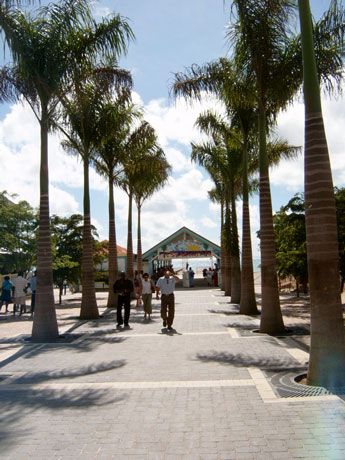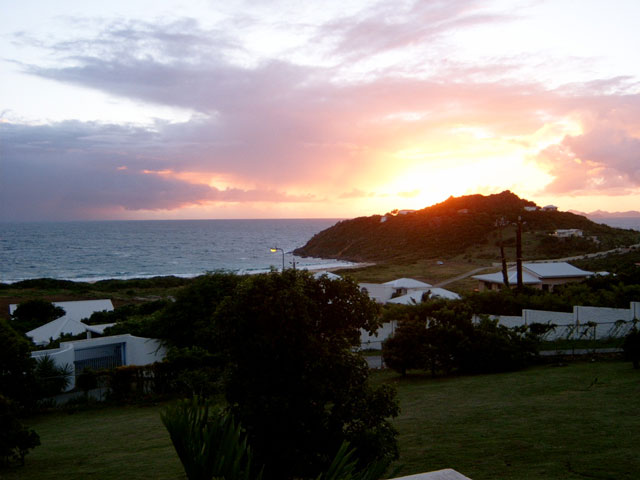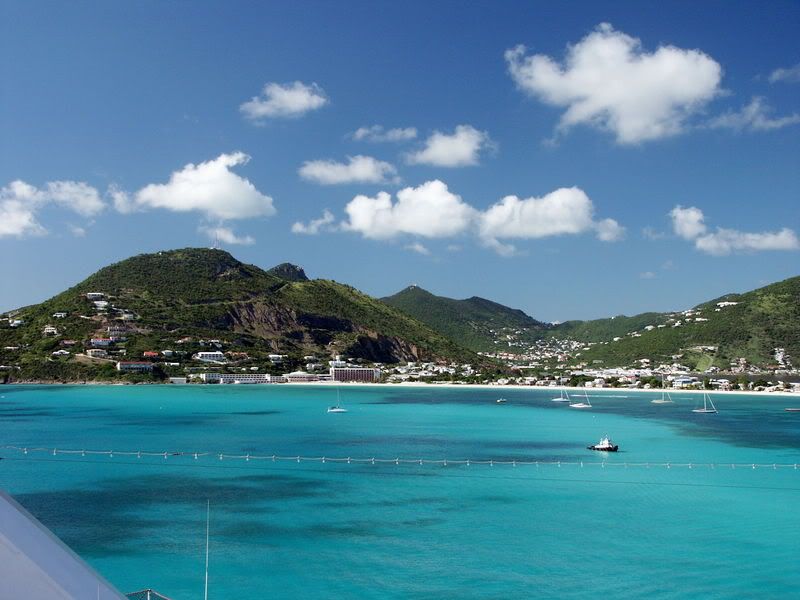


Cayo Largo del Sur, also known simply as Cayo Largo, is a small resort island belonging to Cuba, in the Caribbean Sea no more than 25 kilometers (15.5 miles) long and 3 kilometers (1.9 miles) wide. It is the second-biggest island in Cuba's Canarreos Archipelago.
Cayo Largo del Sur stretches along 27 km of virgin beaches with warm and crystal-clear waters. The sand is very fine, white and permanently fresh, characteristics which are unlikely to be found in another site in Cuba and rarely in the world. The always-turquoise sky contrasts magnificently with the white coral sand. The moderate tropical weather boasts an average temperature of 27c and has few rainfalls.
Tainos Indians lived here 800 years ago. This place is a natural kingdom of ecological beauty in perfect balance that is home to 350 iguanas, chelonian, pelicans, parrots, and herons. The sea contains colorful and varied fauna, as well as a 19 nautical mile coral reef where different kinds of black coral can be admired in less than 35 m of water. A diversified flora characterized by coastal vegetation and four species of mangroves decorate the old dunes and beaches.
Cayo Largo del Sur stretches along 27 km of virgin beaches with warm and crystal-clear waters. The sand is very fine, white and permanently fresh, characteristics which are unlikely to be found in another site in Cuba and rarely in the world. The always-turquoise sky contrasts magnificently with the white coral sand. The moderate tropical weather boasts an average temperature of 27c and has few rainfalls.
Tainos Indians lived here 800 years ago. This place is a natural kingdom of ecological beauty in perfect balance that is home to 350 iguanas, chelonian, pelicans, parrots, and herons. The sea contains colorful and varied fauna, as well as a 19 nautical mile coral reef where different kinds of black coral can be admired in less than 35 m of water. A diversified flora characterized by coastal vegetation and four species of mangroves decorate the old dunes and beaches.



